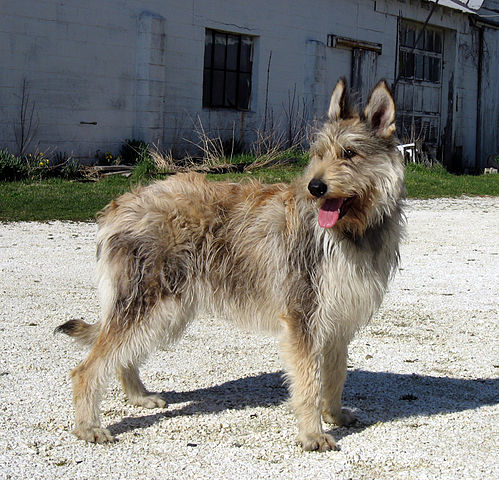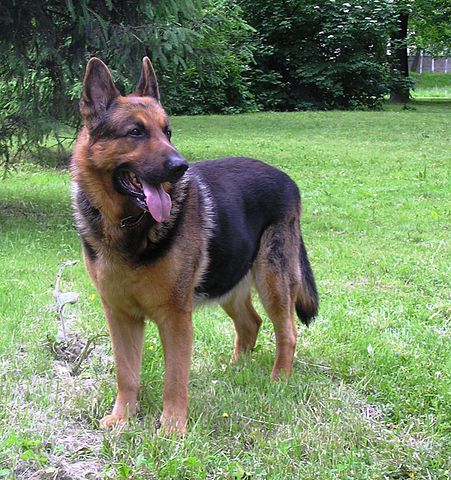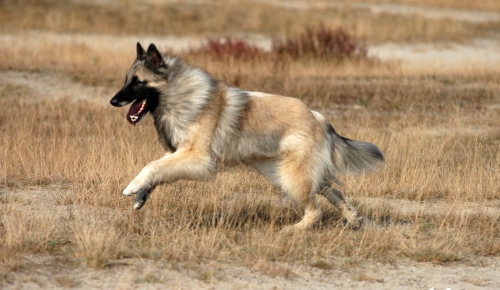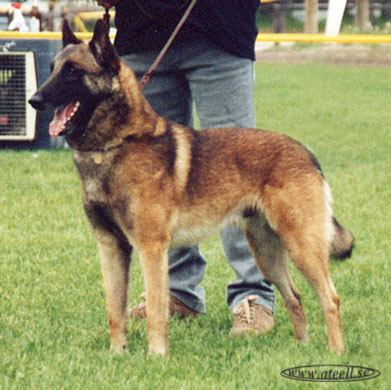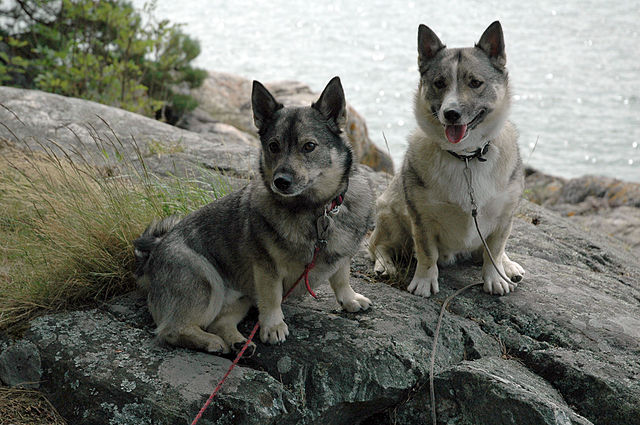The Miniature American Shepherd is a relatively new breed originating in the 60’s. Bred down from the larger Australian Shepherd, they were known by several different names in the past (and there are still different registries today who know the breed by other names). Despite what they are called, this breed is a small herding dog and companion. Their size makes them easier to own than other herding breeds… but this does not mean that they fit into every lifestyle. They still possess the same high drive and energy as their larger relatives!
Vastly intelligent and devoted to their owners, the Mini American is a breeze to train! They enjoy spending time with family – as well as using their brain, which means obedience training is a perfect fit. These dogs must have a job to do, or they will become difficult to live with. Destructive behavior and excessive barking are the result of a Mini American who is not provided with enough mental stimulation. Otherwise, they are fairly quiet dogs.
Great with kids and other pets, the Mini American is an excellent choice for a family companion – provided their needs are met. They are naturally sensitive and often seem to know the emotions and needs of their owners, providing comfort and support. They will follow members of the family from room to room (occasionally becoming tripping hazards). Being herding dogs, they may try to herd the children of the household. The breed is aloof and naturally suspicious with strangers, with a touch of a protective streak. Early socialization is a necessity to keep their aloof nature from becoming fear. 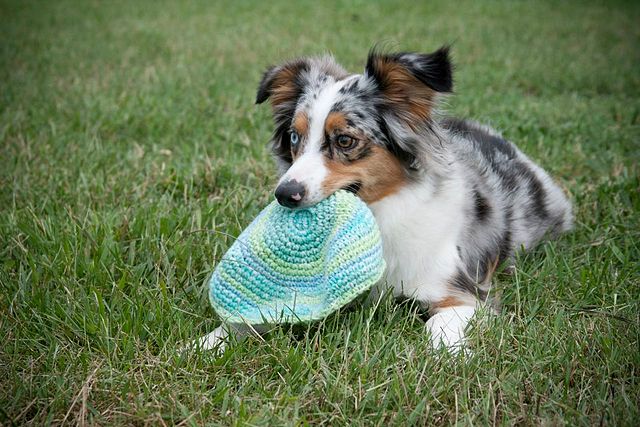
Mini Americans require a moderate amount of daily exercise, although their small size makes this need easier to fulfill. Although their energy requirements are on-par with other herding breeds, their shorter legs means that they will get tired-out over smaller distances! Well-exercised Miniatures are calm and easy-going in the house, and can even make great lap-dog. They are the perfect breed for those who want a dog to compete in multiple dog sports (agility, flyball, herding, etc.) as well as have an “off-switch” at home!
This breed does shed year round – and twice a year they shed even more than normal. Keeping the coat brushed out a few times a week with help with the process, and to stop mats from forming. The coat comes in a number of beautiful colorations; the four main color patterns are red, red merle, black and blue merle. Each of these coats can also be accompanied by white and/or tan markings which gives rise to an even greater number of color possibilities!


